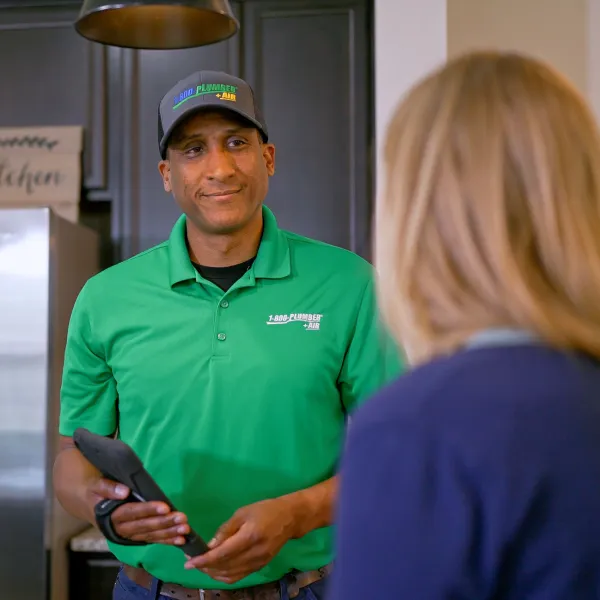Quick and Reliable Drain Cleaning Alabaster AL Services Available
Quick and Reliable Drain Cleaning Alabaster AL Services Available
Blog Article
A Step-by-Step Guide to Reliable Hot Water Heater Setup for Optimal Performance
Getting started on the job of setting up a hot water heater is a venture that demands accuracy and a systematic strategy for attaining ideal efficiency. The procedure begins with the crucial choice of selecting the ideal heating system customized to the details demands of your house, considering factors such as dimension, kind, and power source. As soon as selected, preparing the setup area to meet safety standards is critical. Nonetheless, the trip does not end below. As you proceed, the details of linking water lines and establishing up trustworthy electrical or gas connections await, appealing understandings right into making certain effectiveness and dependability.
Picking the Right Hot Water Heater

Following, take into consideration the dimension and ability of the hot water heater. It's vital to assess your household's warm water demands, which can differ based on the number of occupants and their usage patterns. An unit that's as well small may bring about inadequate warm water, while an extra-large design could cause unneeded energy intake.
Performance ratings additionally play a critical function in option. Look for water heaters with high Energy Factor (EF) ratings, indicating remarkable efficiency and reduced power usage. Tankless designs, though commonly more pricey in advance, deal substantial power savings gradually as a result of their on-demand heating abilities.
Preparing the Installation Location
Prior to setting up a brand-new water heater, meticulous prep work of the installation location is necessary. It's vital to determine the area carefully to fit the water heating system's measurements, guaranteeing sufficient clearance around the device for reliable procedure and maintenance.
Check the floor for security, as the water heater will certainly need a strong, level surface area to operate successfully. If required, mount a drip frying pan under the system to catch potential leakages or spills, avoiding water damages to the surrounding location.
Additionally, ensure that all essential tools and materials get on hand before beginning the installation. This consists of products such as wrenches, screwdrivers, a degree, and any kind of added hardware needed for securing the heating system and installing. A well-prepared setup location establishes the foundation for an effective hot water heater configuration, optimizing efficiency and safety.
Connecting Water System Lines
When attaching water lines to your freshly set up water heating unit, it is critical to make sure that all links are protected and leak-free to maintain effective operation and protect against water damages. Begin by determining the hot and cool supply of water lines. The cold water inlet is generally noted with a blue tag or a "C", while the hot water electrical outlet is noted with a red tag or an "H".
Usage versatile water heating unit adapters to facilitate a much easier installation procedure. Before connecting the connectors, position a plumbing technician's tape around the threaded ends of the water heater's inlet and electrical outlet pipes.
Once connections remain in place, gradually activate the major water system valve. Evaluate each connection for leakages by visually really feeling and inspecting for dampness. Tighten links as necessary, and guarantee the pressure relief valve is look at here now correctly installed, guarding against excessive pressure accumulation.
Establishing Electric or Gas Links
Correctly establishing up the electric or gas connections for your water heating unit is a critical action to make certain efficient and safe operation. For electric water heaters, begin by confirming that the electric circuit is suitable with the heating system's voltage and amperage needs.
For gas water heating units, safety and security is extremely important. Attach the gas line to the water heating system using an adaptable gas connector, ensuring it is properly threaded and secured with pipe joint compound or Teflon tape suitable for gas links.
When connections are made, check for any kind of potential leaks. For gas lines, use a soapy water service to the joints; bubbles suggest a leak. For electric links, verify that all circuitry is safe and secure and properly insulated, maintaining compliance with neighborhood electrical codes.
Adjusting and evaluating for Efficiency
With the electrical and gas connections safely in area, the next step is evaluating the functional efficiency of your water heater. Begin click to read by carefully transforming on the water supply and making sure there are no leakages at any of the valves or joints.
Following, execute a detailed assessment to guarantee the burner or burner are working properly. For electric heaters, utilize a multimeter to validate if the aspects are drawing the suitable existing. In gas models, observe the heater flame; it ought to be consistent and blue, suggesting effective burning.
Readjust the setups as needed to get rid of ineffectiveness. Consider carrying out insulation actions, such as including a water heating unit covering, to better improve efficiency by lessening warmth loss. In addition, inspect the anode rod's condition, as a shabby rod can decrease effectiveness and lead to storage tank corrosion.
Verdict
Reliable water heating system setup is vital for guaranteeing optimal performance and power financial savings. By picking the appropriate kind and dimension, and carefully preparing the setup location, a structure for success is developed. Safely linking water system lines and meticulously setting up electric or gas links reduce possible issues. Comprehensive testing for leakages and specific thermostat changes to 120 ° F improve integrity and performance. Following these steps promotes lasting performance and power preservation in household water home heating systems.

Properly setting up the electric or gas connections for your water heating unit is an essential step to guarantee effective and risk-free procedure. For electrical water heaters, begin by verifying that the electrical circuit is compatible with the heater's voltage and amperage requirements. Link the gas line to the water heater using an adaptable gas connector, ensuring it is effectively threaded and sealed with pipeline joint substance or Teflon tape appropriate for gas links.
Report this page